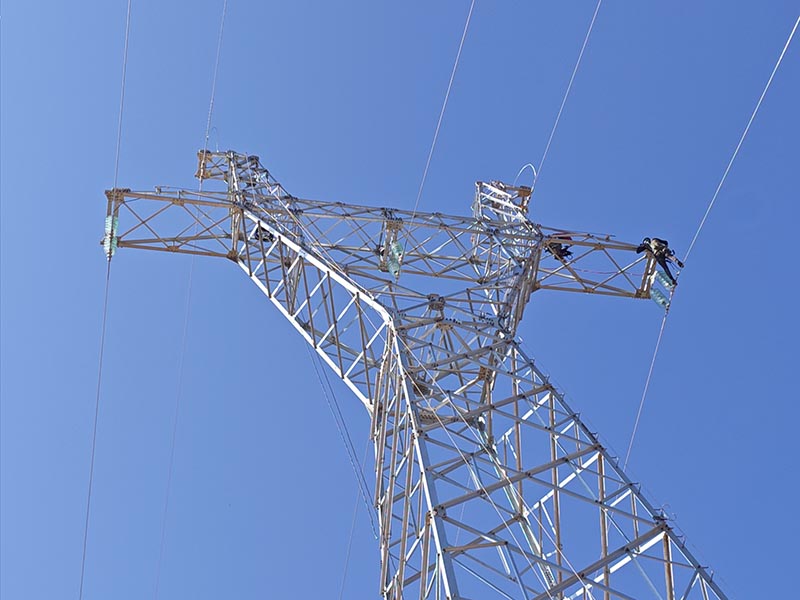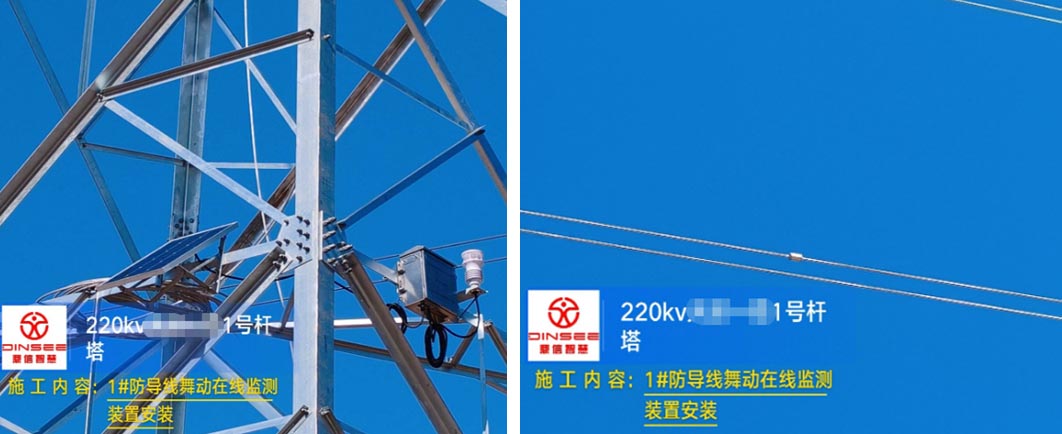I. Redefining Transmission Line Safety Management
What once required electricians to climb dozens of meters up transmission towers to detect hazards can now be proactively flagged from the comfort of an office. What used to take a week of manual inspections can now be automatically completed in seconds. This isn't science fiction—it's a technological revolution unfolding in the power industry. Intelligent sensing within transmission line online monitoring systems is redefining grid safety management. As a new technology in this series, Dingxin Smart Technology's DX-WPS100-WD Multi-Parameter Fusion Intelligent Vibration Online Monitoring Device offers innovative solutions for managing conductor vibration in transmission lines.
II. Challenges in Addressing Conductor Vibration in Overhead Power Lines
Power line dancing is essentially a low-frequency, high-amplitude self-excited vibration phenomenon, much like a giant jump rope swinging through the air. It has three contributing factors: meteorological conditions (low wind speeds, ice accumulation, etc.), line parameters (conductor stiffness, span length, etc.), and terrain features (plains, river valleys, etc.). When these three elements converge, the conductors begin a dangerous "dance."
The dangers of this "dance" are far more serious than you might imagine:
First is mechanical damage: repeated friction between conductors and fittings causes rapid deterioration of the insulation layer. Once the metal oxidizes, its conductivity declines sharply.
Even more terrifying is phase-to-phase short circuits. When swaying exceeds 10 meters, adjacent lines may come into close contact, instantly triggering circuit breakers or even fires. In severe cases, the entire tower could be pulled down!
III. Multi-Parameter Fusion Intelligent Dynamic Online Monitoring Device
The DX-WPS100-WD Multi-Parameter Integrated Intelligent Vibration Online Monitoring Device for Transmission Lines comprises a main control module, intelligent processing module, sensing module, power supply module, and communication module, forming a complete monitoring system. Its core sensing module utilizes high-precision sensors to capture minute changes in conductor vibration in real time—monitoring frequency range: 0.1–50 Hz; amplitude resolution: 0–20 μm; frequency measurement: 0.1–50 Hz.
The data acquisition unit is installed on conductors in sections prone to vibration along the line, continuously collecting real-time conductor motion parameters. After preliminary processing by the edge computing unit, the data is transmitted back to the monitoring center via 4G/5G networks or OPGW fiber optics. When vibration amplitude exceeds the threshold, a multi-level warning system is immediately activated.






